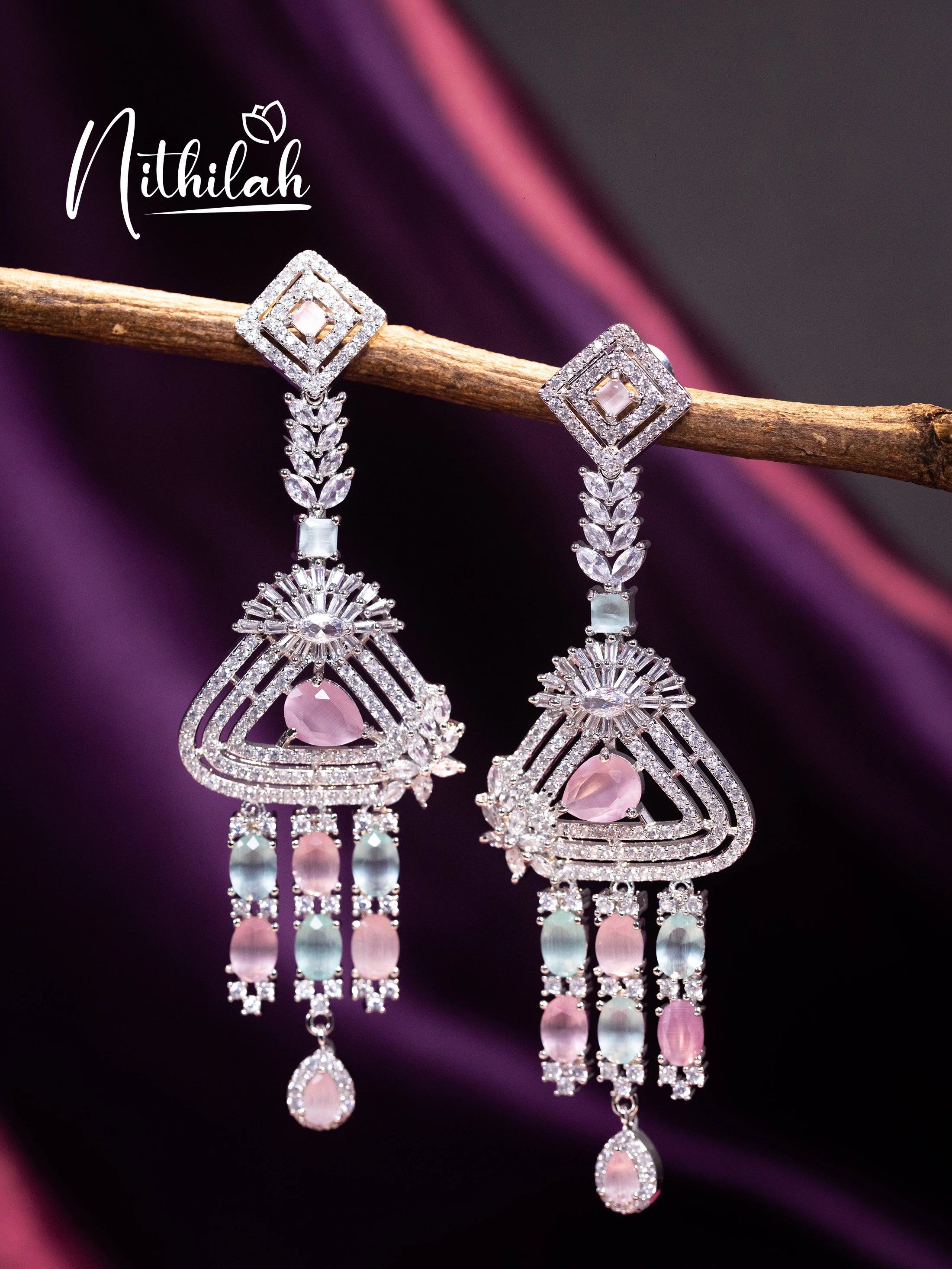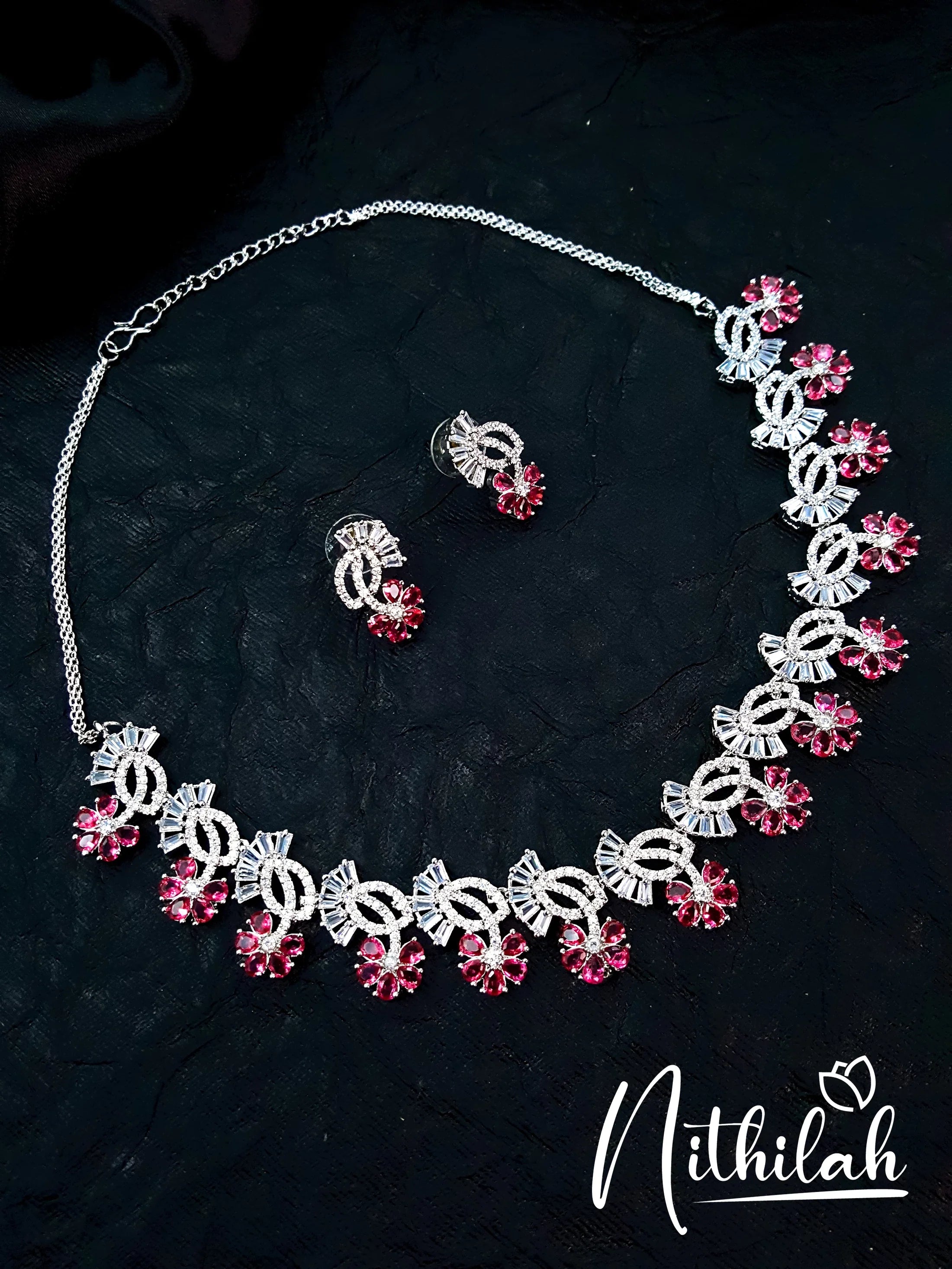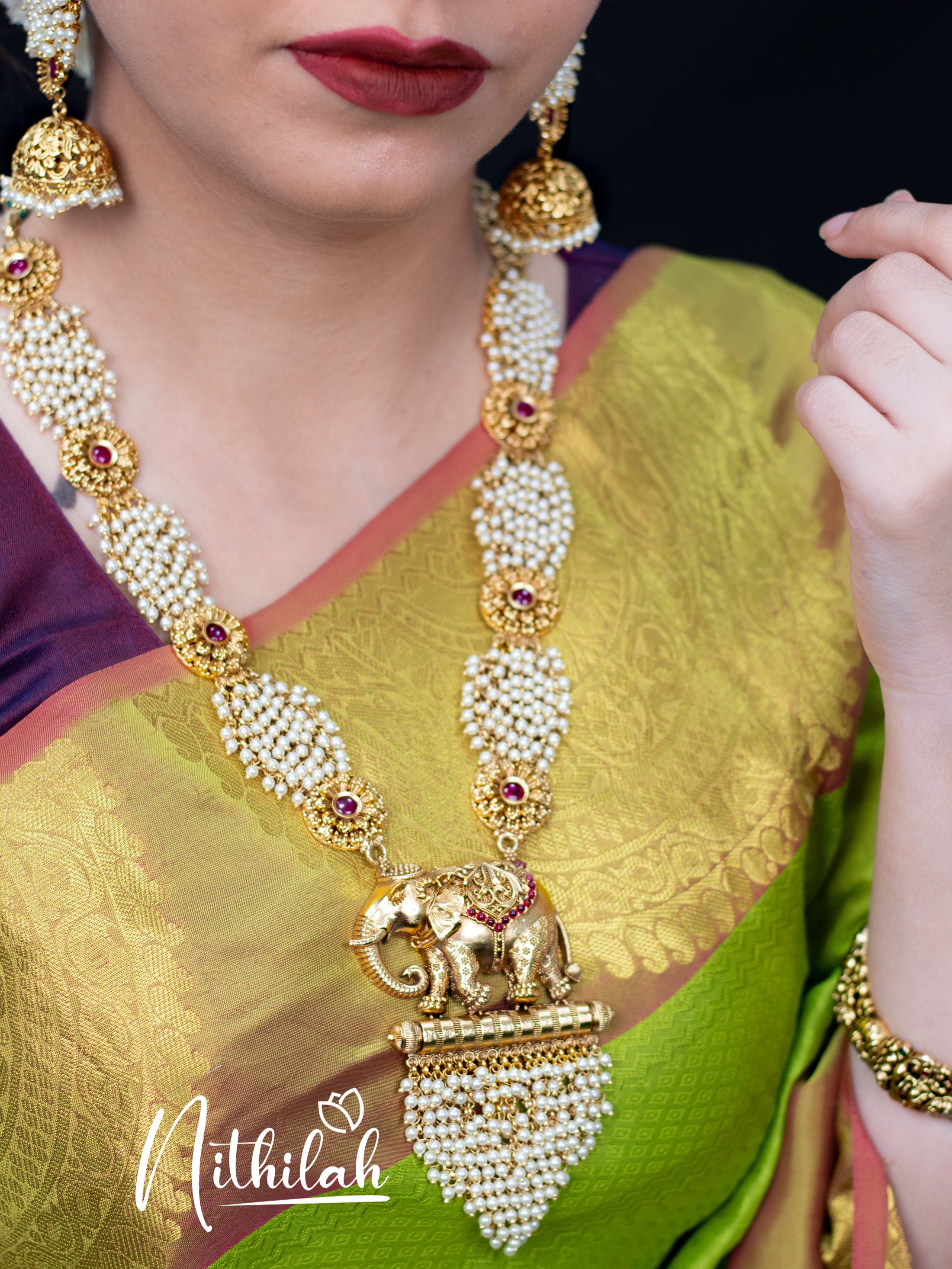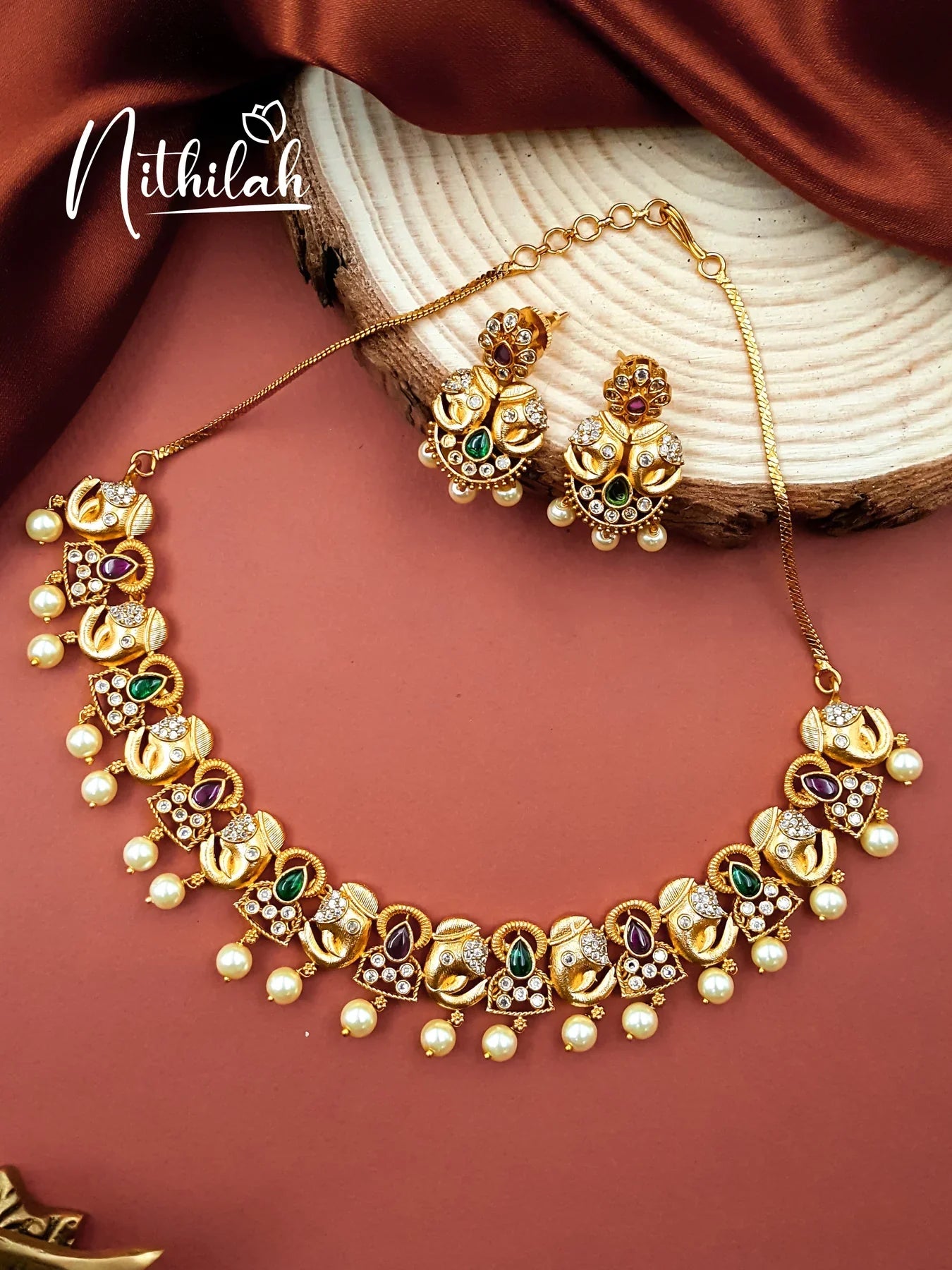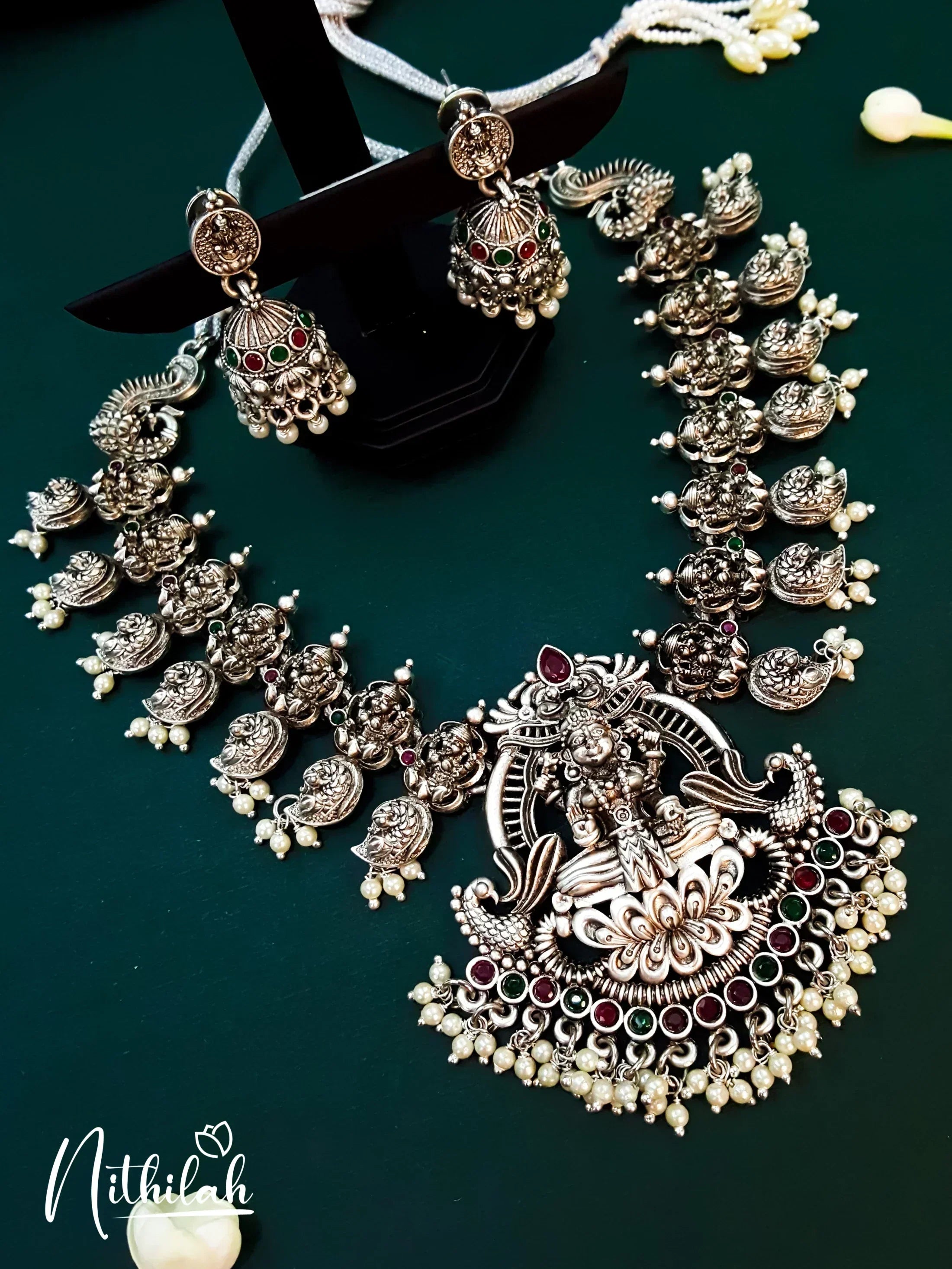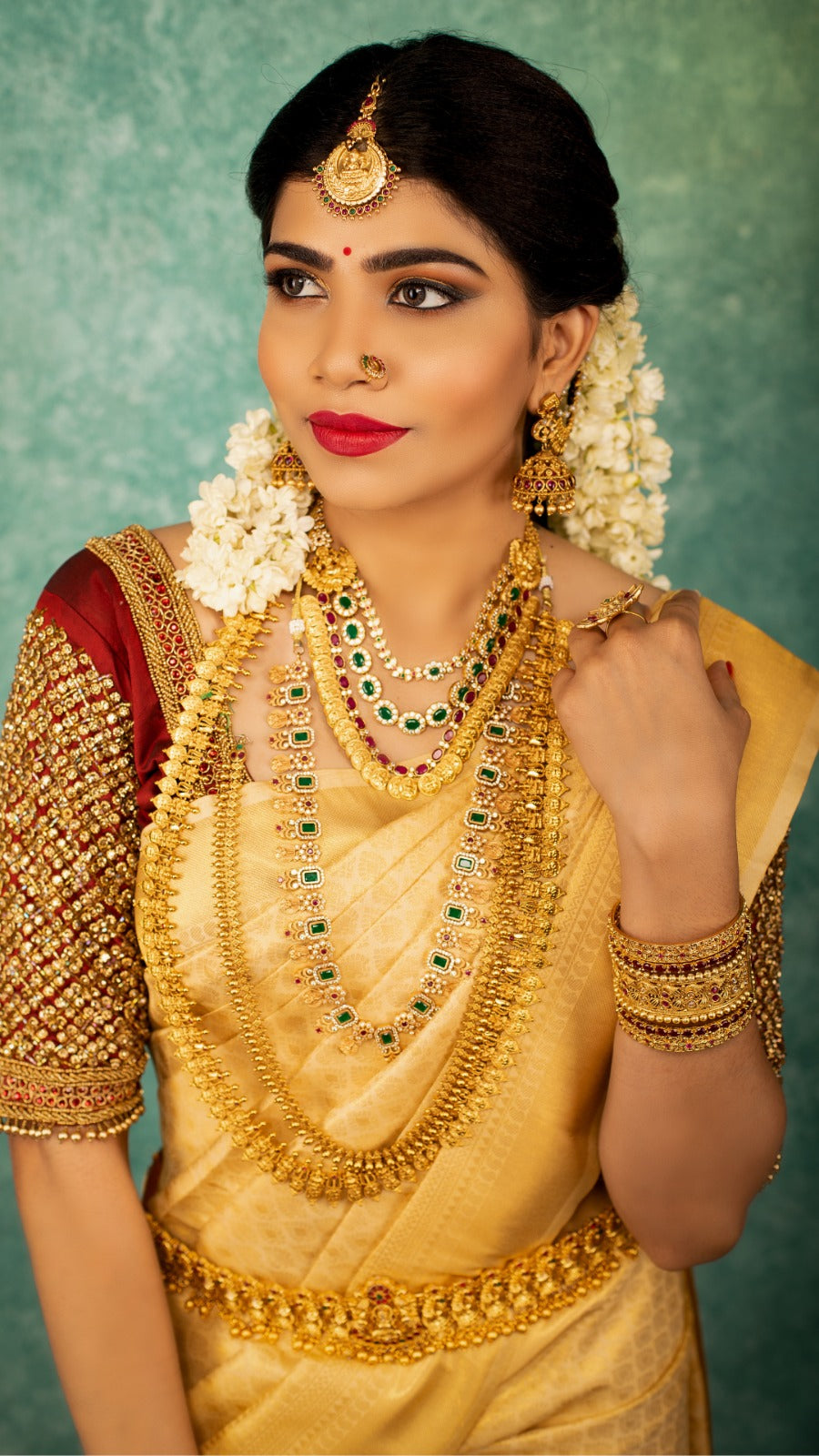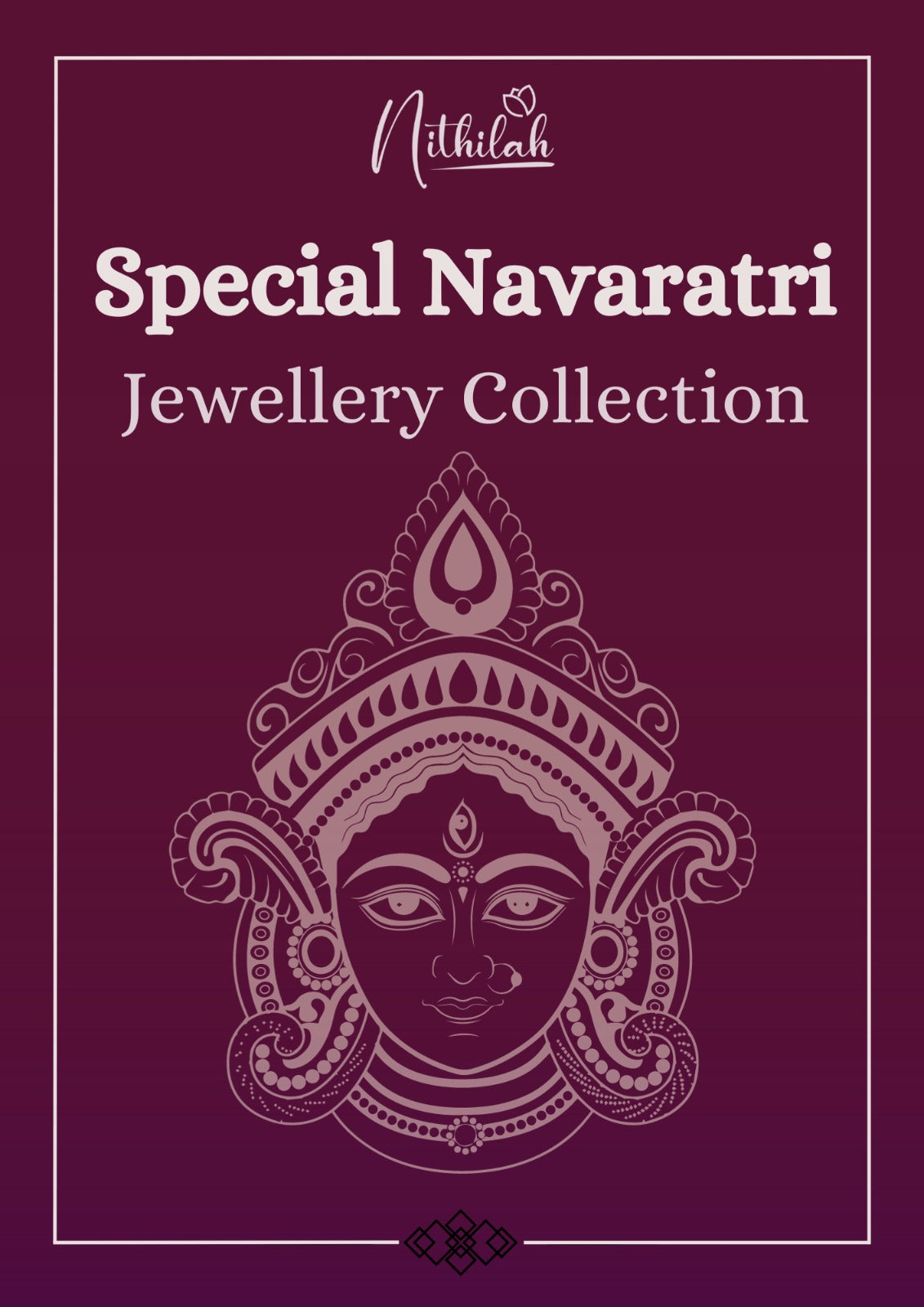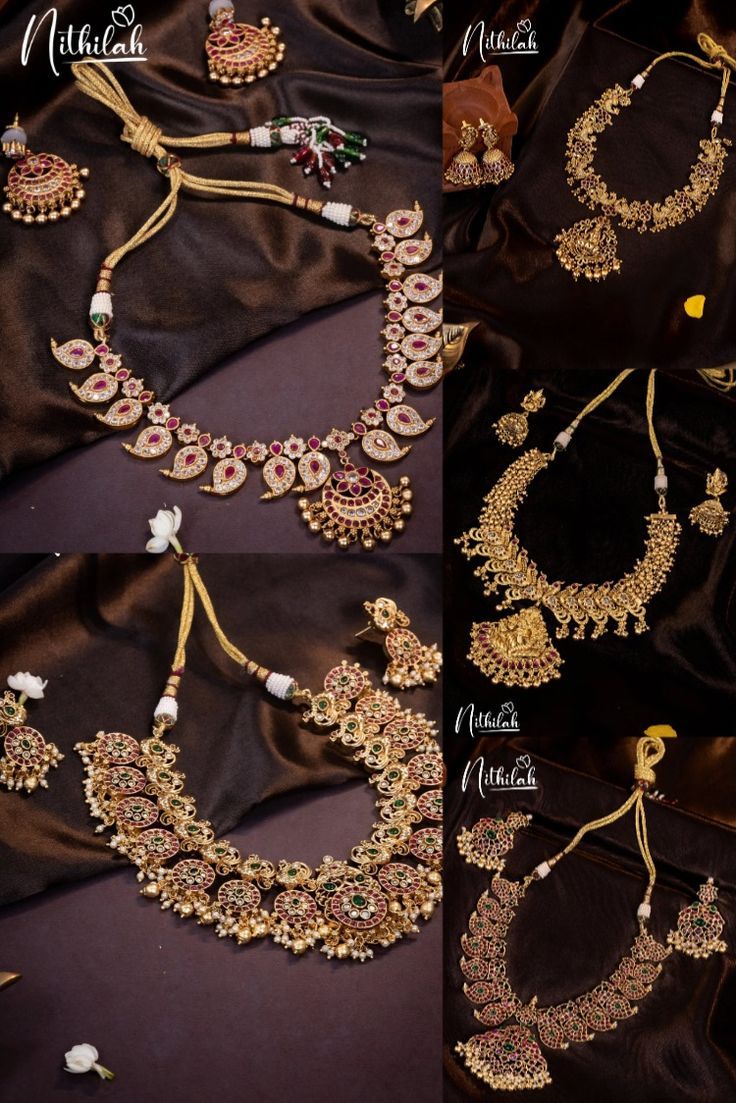Unlocking the Mystique of Temple Jewellery: Stories Behind the Ornaments
Temple jewellery has always held a certain allure and mystique that sets it apart from other types of adornments. Its intricate designs, cultural significance, and spiritual symbolism make it a timeless treasure. In this blog post, we will embark on a journey to unlock the mystique of temple jewellery, exploring the fascinating stories and narratives that lie behind each ornament. From the origins of temple jewellery to the symbolism infused in every piece, we will delve deep into the world of these extraordinary adornments.
- The Origins of Temple Jewellery:
To truly appreciate temple jewellery, we must first understand its origins. This unique style of jewellery finds its roots in ancient Indian temples, where it was created to adorn deities during religious ceremonies and festivals. Over time, temple jewellery evolved into a cherished art form that merged craftsmanship, spirituality, and cultural heritage.
- Intricate Designs and Craftsmanship:
One of the defining features of temple jewellery is its intricate designs and impeccable craftsmanship. Skilled artisans meticulously handcraft each piece, paying attention to even the smallest details. The use of filigree work, granulation, and delicate stone settings result in stunning creations that captivate the beholder.
- Symbolism and Mythological Significance:
Temple jewellery is steeped in symbolism and carries profound mythological significance. Each ornament is inspired by deities and mythical creatures from Hindu mythology. For example, the Goddess Lakshmi is often depicted in temple jewellery, symbolizing prosperity, wealth, and abundance. The peacock, a beloved bird in Hindu mythology, is also a recurring motif in temple jewellery, representing beauty, grace, and divinity.
- Stories Behind Specific Ornaments:
a. The Maang Tikka: This forehead ornament worn by Indian brides has deep cultural and mythological associations. It is believed to enhance the bride's aura and protect her from negative energy. The design of the Maang Tikka varies across regions, with each style showcasing different cultural influences and mythological stories.
b. The Kemp Necklace: Popular in South India, the Kemp Necklace is adorned with vibrant red and green stones. It symbolizes prosperity and fertility, and its design often reflects the influence of Goddess Lakshmi, the deity of wealth and abundance.
c. The Temple Earrings: Earrings are an essential part of temple jewellery, and they often feature intricate designs inspired by temple architecture and deities. These earrings serve as a symbol of beauty and devotion, adorning the wearer with a sense of divine grace.
- Contemporary Adaptations:
While temple jewellery has deep historical roots, it has also adapted to modern fashion sensibilities. Contemporary adaptations of temple jewellery combine traditional designs with contemporary elements, making it versatile and appealing to a wider audience. This fusion of tradition and modernity ensures that temple jewellery remains relevant and cherished in today's world.
Conclusion:
Unlocking the mystique of temple jewellery online allows us to appreciate not just the beauty of the ornaments but also the rich heritage and cultural significance they embody. The stories behind each piece connect us to our roots, offering a glimpse into the myths, beliefs, and traditions that have shaped Indian culture for centuries. Whether it's the intricate designs, the symbolism, or the craftsmanship, temple jewellery continues to captivate and inspire, making it a timeless treasure that transcends generations. So, the next time you adorn yourself with temple jewellery, remember the stories it carries, and let it be a testament to the enduring legacy of artistry and spirituality.
Shop for the best collections of Temple Earrings | Temple Jewellery Necklace | Temple Haram | Temple Choker | Temple Jewellery Bangles

